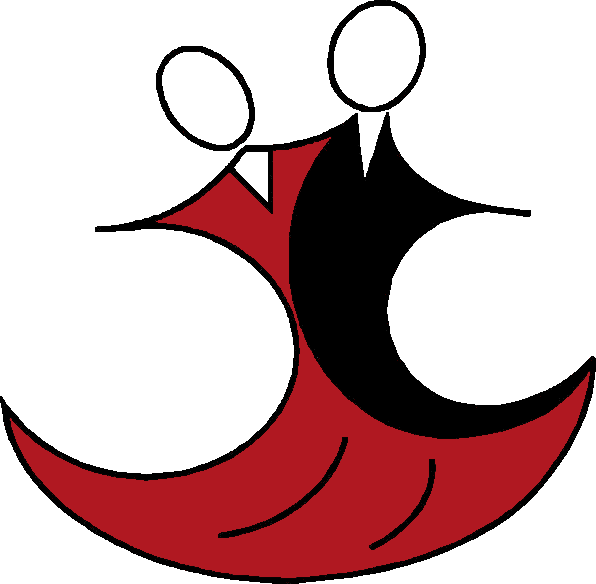Courses
Ballet
In classical dance the study of every single step should be gradual. It begins with an easy schematic form and builds on to expressive dance. The difficulty increases as the study progresses, giving purpose to the whole art form from the first step up to perfect dance on the stage.
The class consists of exercises at the barre and center. The students learn individual elements and movement combinations for ballet. They develop movement coordination, spatial awareness and improve balance, stamina and movement sequencing. At a higher level they also focus on developing stronger, pointe work and jumps.
Contemporary
All external impulses influence dance. They are manifested differently depending on one’s personality. Contemporary dance continues the development of body and emotional expression. The class concentrates in techniques based on release, exploring basic physical principles of time, space and gravity, pointing dancers in the direction of awareness, perceiving the body as layers. Participants will be guided in the first part through a number of physical exercises to warm up, emphasizing the body's natural alignment and movement.
Variation/Etude (Repertoire)
The compilation of technique and artistic expression results in performance that can utilize music, sounds or silence.
In the part of the workshop " Variations/Etude/Repertoire" dancers will learn a small choreography. That is a very important part of movement sequencing, in which the participants can feel the style and body language of classical dance (Variation) and contemporary dance (Etude). Choreography will be taught taking into consideration level and technical abilities. The focus is on combining the steps into a complete dance and gain performance practice.
Creative Dance
The children and youth dance classes are meant to work within the diversity of dance. Improvisation leads to the uncovering of different movement patterns. It is all about the fun of dance
A playful warm-up initiates each session that continues through the discovery of “cool” moves and unusual dance steps. This trains coordination and physical fitness. Besides the creative dance, this course also includes daily ballet classes and a project. It has the aim of creating strength, self-expression and self-confidence.
Children ballet
In classical dance the study of every single step should be gradual. It begins with an easy schematic form and builds on to expressive dance. The difficulty increases as the study progresses, giving purpose to the whole art form from the first step up to perfect dance on the stage.
The class consists of exercises at the barre and center. The students learn individual elements and movement combinations for ballet. They develop movement coordination, spatial awareness and improve balance, stamina and movement sequencing. At a higher level they also focus on developing stronger, pointe work and jumps.
Adults - Ballet or Contemporary
Dance is an art that refers to the body moving in a rhythm. Usually, through sound music. It is a nonverbal communication it expresses emotions, ideas, or tells a story. In this course, students experience performance-oriented processes. The focus is on the task of presenting themselves as individuals who can independently resolve self-defined tasks in all their facets. Practical and theoretical knowledge are applied, creating experiences and amplifying abilities and skills as well as the encouragement and discussion of artistic choices.
Pedagogic Tutorial Workshop
In this course, the participants will explore basic principles of dance techniques. This requires an understanding of the movement vocabulary and aesthetic principles of Ballet, Modern /Contemporary Dance as well as Creative Children's Dance.
It focuses on describing technique through the concept of movement sequences, as well as breaking them into units. Through the understanding of content, it will enhance the possibility of designing classes for dissimilar levels as well as the distribution of material over longer periods of time.
Classes observation
For making teaching and learning more visible, classroom observation plays a central role. It provides teachers with constructive critical feedback in order to improve their classroom management and instructional techniques. For teachers it is important to observe the interaction between teacher-learner within the classroom because it can determine the learning opportunities that students get. Not only that, classroom observation encourages colleagues to collaborate to improve teacher practice and student learning.























